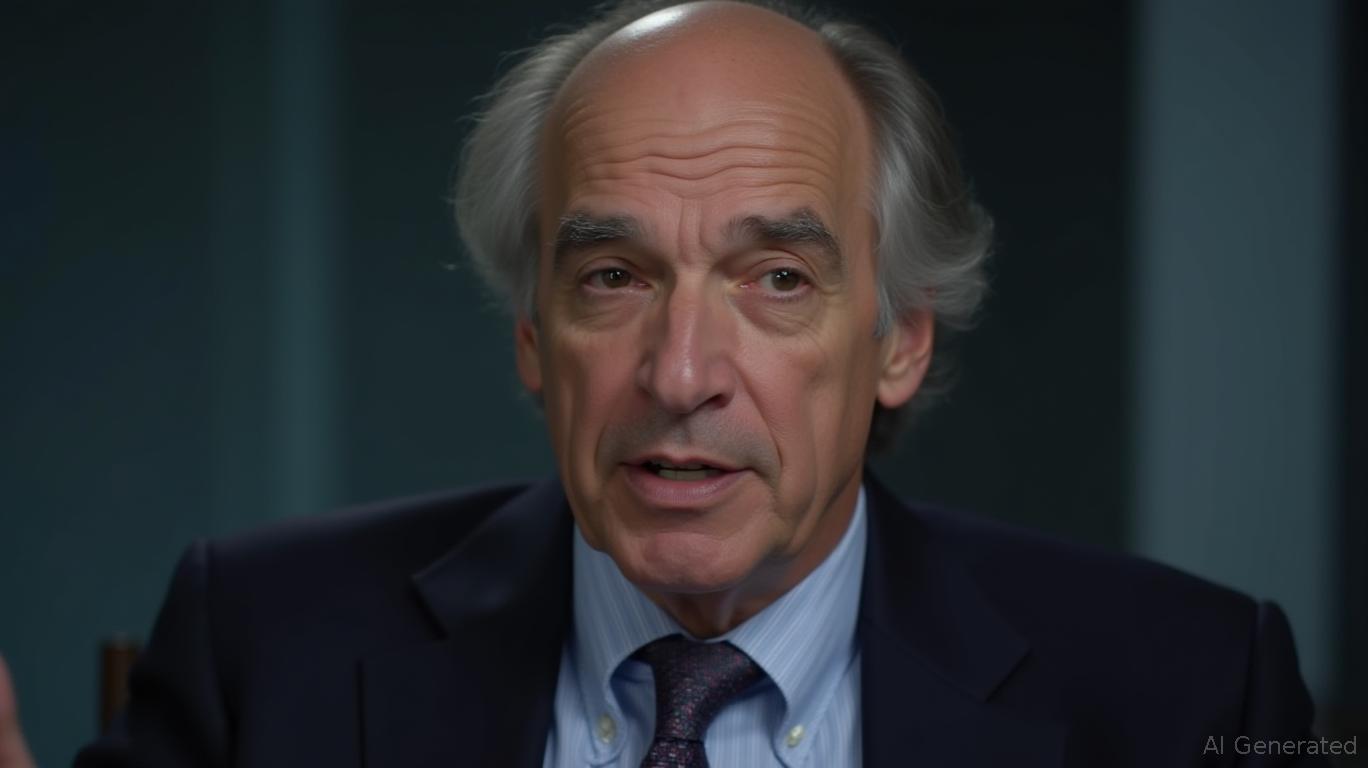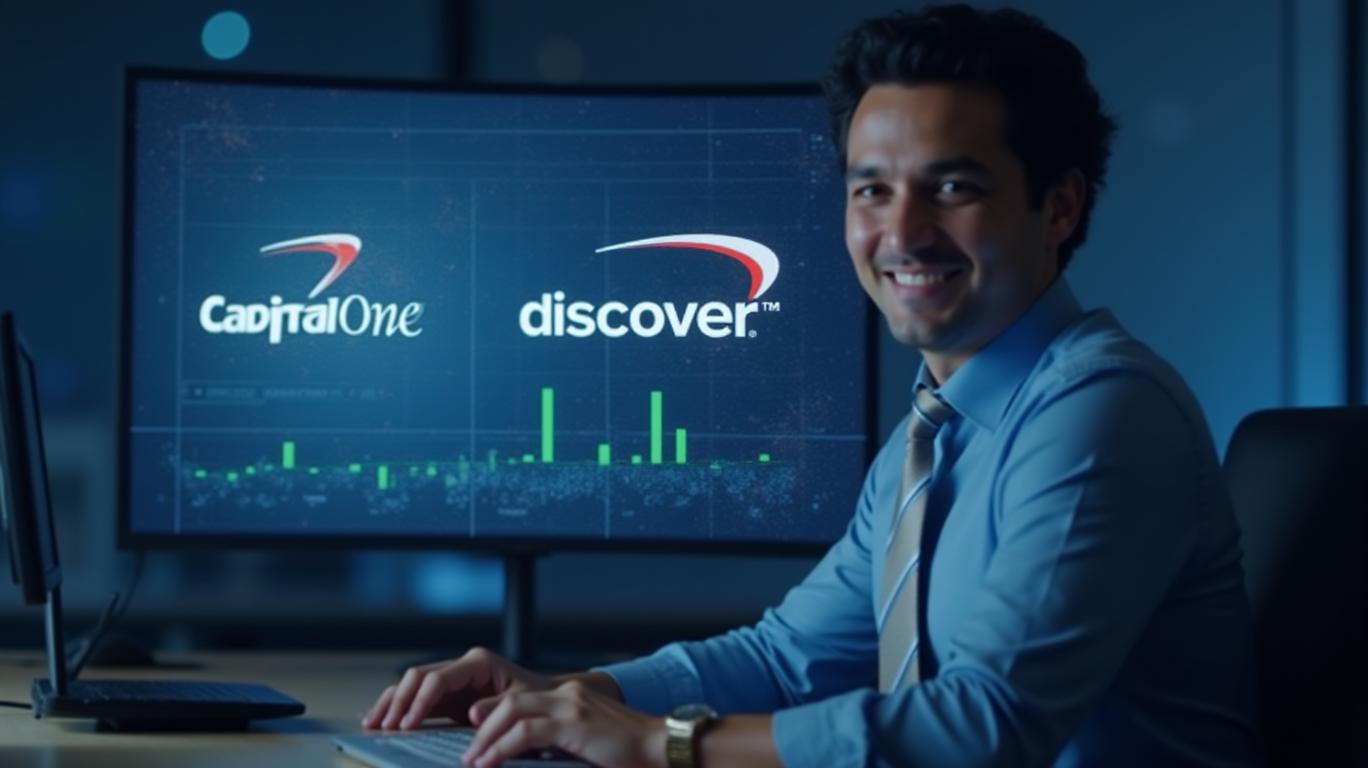A New Powerhouse Emerges: The Capital One-Discover Merger and Its Implications
The U.S. banking sector is on the cusp of a major transformation. On April 18, 2025, federal regulators cleared the $35 billion merger of Capital One and Discover Financial Services, creating the largest credit card issuer by balances and a financial services giant with over $600 billion in assets. The deal, which is expected to close in late May, marks a significant consolidation milestone in an industry long pressured to merge or shrink. But what does this mean for investors, consumers, and the broader financial landscape?
The Regulatory Green Light—and Conditions
The Federal Reserve and the Office of the Comptroller of the Currency (OCC) approved the merger after imposing key conditions. The OCC required Discover to resolve the “root causes” of past enforcement actions against its banking subsidiary, Discover Bank, while the Fed levied a $100 million fine for Discover’s overcharging of fees between 2007 and 2023. The Justice Department, however, saw no antitrust concerns, concluding the deal would not stifle competition in payment networks or banking services.
This regulatory nod is particularly notable under the Trump administration, which has been criticized for easing banking consolidation rules. The approval sets a precedent for future mergers, signaling that regulators may prioritize scale over competition concerns—if other conditions are met.

The Financial and Strategic Rationale
The merger combines Capital One’s 67 million credit card accounts with Discover’s 35 million, while giving Capital One control of Discover’s payment networks—including the Discover Global Network and the PULSE debit system. This network ownership positions the new entity to compete directly with JPMorgan Chase and Bank of America, which rely on external networks like Visa and Mastercard.
The strategic value is clear: vertical integration of banking and payment processing can reduce costs, increase customer stickiness, and generate new revenue streams. Capital One CEO Richard Fairbank emphasized this synergy, stating the merger would “strengthen the U.S. banking system by creating a more competitive player.”
Investors, however, should scrutinize the financials. Capital One’s stock (COF) has underperformed peers in recent years, down 15% since 2020, while Discover’s shares (DFS) rose 22% during the same period. The merger’s success hinges on whether synergies materialize faster than integration costs.
Risks and Red Flags
The deal isn’t without pitfalls. Critics highlight two major concerns:
1. Interest Rate Risks for Consumers: Capital One’s focus on subprime borrowers (those with credit scores in the 600s) contrasts sharply with Discover’s emphasis on higher-credit-score customers. The merger could lead to higher interest rates for Discover’s cardholders, as Capital One’s underwriting standards may shift. This could erode customer loyalty and spark regulatory scrutiny.
2. Integration Challenges: Combining two complex organizations—especially in the highly regulated banking sector—carries execution risks. A 2021 study by Oliver Wyman found that 60% of bank mergers fail to achieve expected synergies, often due to cultural clashes or IT integration delays.
The five-year Community Benefits Plan, which pledges $265 billion in lending and investments, adds another layer of complexity. While this plan aims to address community banking needs, it also requires meticulous oversight to avoid reputational damage if targets are missed.
Antitrust Nuances and the Broader Market
The Justice Department’s hands-off approach reflects its conclusion that the merger would not reduce competition in payment networks. Yet, critics argue that the combined entity could dominate the unsecured credit card market, potentially stifling innovation. Meanwhile, the $265 billion CBP—a sum larger than the GDP of many small nations—suggests the merger is also a response to public pressure for banks to serve underserved communities.
Investors should also monitor macroeconomic factors. With the Federal Reserve signaling potential rate hikes in 2025, the new entity’s exposure to subprime lending could amplify credit risks. Capital One’s historical default rates (12% for subprime borrowers vs. 5% for prime borrowers) highlight this vulnerability.
Conclusion: A Bold Bet on Scale—and a Risky One
The Capital One-Discover merger is a watershed moment for U.S. banking. It creates a payments giant with unparalleled vertical integration and a pledge to transform community finance. Yet, its success hinges on navigating regulatory compliance, maintaining customer trust, and executing a flawless integration.
For investors, the deal is a gamble. If synergies materialize and interest rate risks are managed, COF and DFS could outperform peers. But if execution falters—or if regulators crack down on subprime lending—the $35 billion bet could sour.
The numbers tell the story: the combined firm will control 15% of U.S. credit card balances, up from 9% for Capital One alone. Its $265 billion CBP dwarfs previous commitments, but its delivery will be key. As the industry consolidates further, this merger sets the stage for a new era—one where scale and regulatory agility reign supreme.
Date | Credit Card Income(USD) |
|---|---|
| 2024 Q4 | -- |
| 2024 Q4 | -- |
Name |
|---|
| Discover FinancialDFS |
| Capital OneCOF |
The verdict? This is a deal to watch closely. Its outcome will define not just these two companies, but the future of American banking itself.









